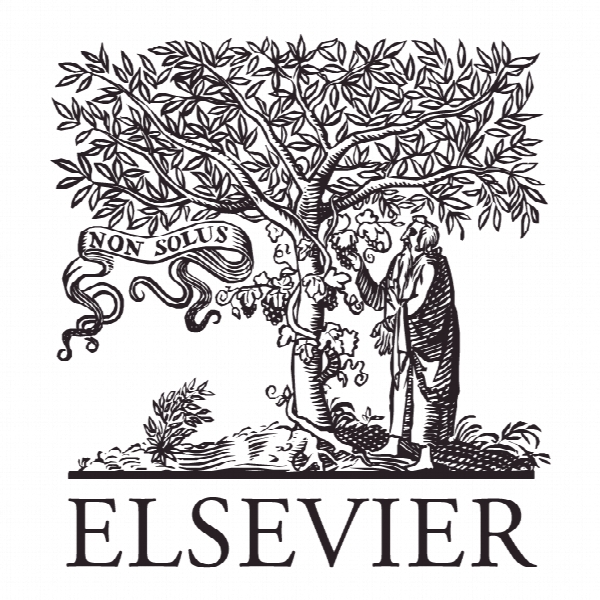آنالیز فرضی عملکرد کاری کارکنان بر اساس HPHRP Hypothetical Analysis of Employees’ Work Performance based on HPHRP
- نوع فایل : کتاب
- زبان : انگلیسی
- ناشر : Elsevier
- چاپ و سال / کشور: 2018
توضیحات
رشته های مرتبط مدیریت، روانشناسی
گرایش های مرتبط مدیریت کسب و کار، مدیریت منابع انسانی، روانشناسی صنعتی و سازمانی
مجله پروسه مهندسی – Procedia Engineering
دانشگاه Public Security Fire Force College – Peoples R China
منتشر شده در نشریه الزویر
کلمات کلیدی انگلیسی HPHRP; In-role performance; Organizational citizenship behavior; Competency
گرایش های مرتبط مدیریت کسب و کار، مدیریت منابع انسانی، روانشناسی صنعتی و سازمانی
مجله پروسه مهندسی – Procedia Engineering
دانشگاه Public Security Fire Force College – Peoples R China
منتشر شده در نشریه الزویر
کلمات کلیدی انگلیسی HPHRP; In-role performance; Organizational citizenship behavior; Competency
Description
2. Research design 2.1. Research sample and sampling procedure There are 400 HPHRP Questionnaires in this research, in which 396 questionnaires are successfully withdrawn. After removing the invalid questionnaires and unmatched questionnaires, the research samples are basically in line with the expectations. Among the 400 respondents who come from different enterprises, the male respondents account for 80%, with an average age of 30.12. 2.2. Variable measurement The design of HPHRP Questionnaire mainly includes: in-role performance, OCB and competency. The variable measurement adopts likert 5-point scale, in which 1-5 represent ‘strongly disagreed’ to ‘strongly agreed’ respectively. (1) The measurement of HPHRP measurement takes example from the scale developed by SUN (its Cronbach’s α is 0. 912). The scale consists of employees’ post placement, training, internal turnover, job safety, job description, objective evaluation, incentive pay, and wide participation and includes 27 options. (2) The variable of competency is measured with the scale developed by PODSAKOFF (its Cronbach’s α is 0.706) and employees’ competency is evaluated by themselves. The scale includes two options: ‘my working skills and abilities and I’m very competent’. (3) The variable of in-role performance is measured with the scale developed by WIL-LIAMS (its Cronbach’s α is 0.856), which includes 5 items of positive scores. The employees’ in-role performance is evaluated by their immediate leader. (4) The variable of OBC is measured with the scale developed by TURNLEY (its Cronbach’s α is 0.938), which includes 2 subscales. Such subscales are used to measure the 2 dimensions of OCB: organizational citizenship behavior organization (OCBO) and organization citizenship behavior individual (OCBI). The employees’ in-role performance is evaluated by their immediate leader. (5) The control variable in this research includes: sex, age and education background. For sex, ‘1’ means male and ‘2’means female; for education background, ‘1’ means primary school, ‘2’ means middle school, ‘3’ means high school or secondary specialized school, ‘4’ means junior college, ‘5’ means undergraduate and ‘6’ means postgraduate.


